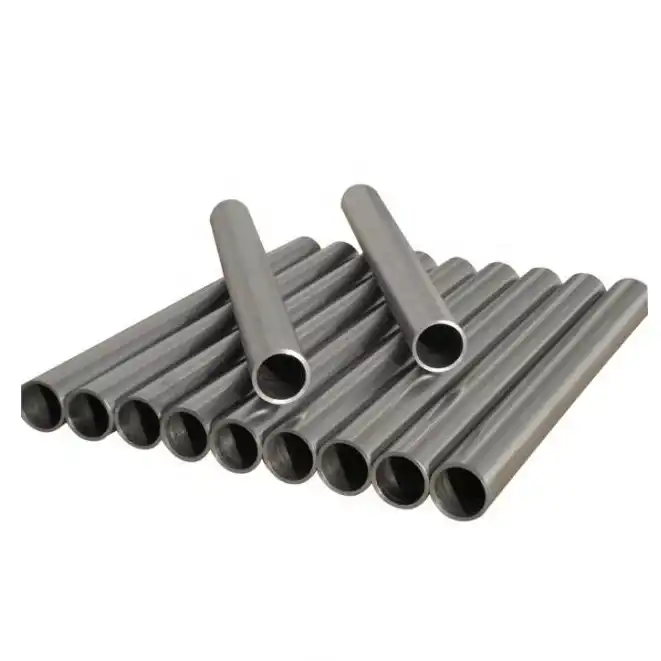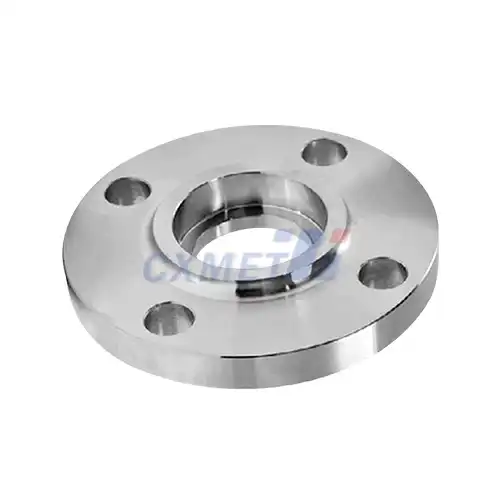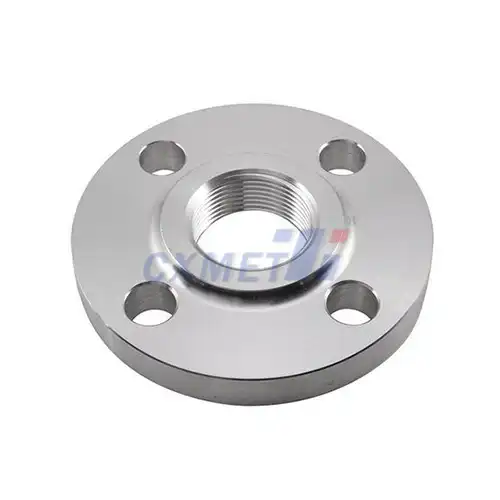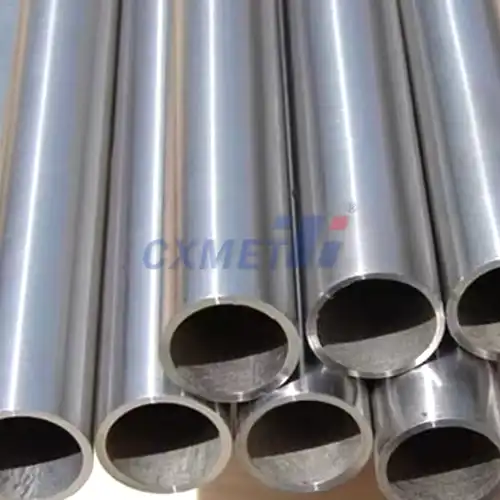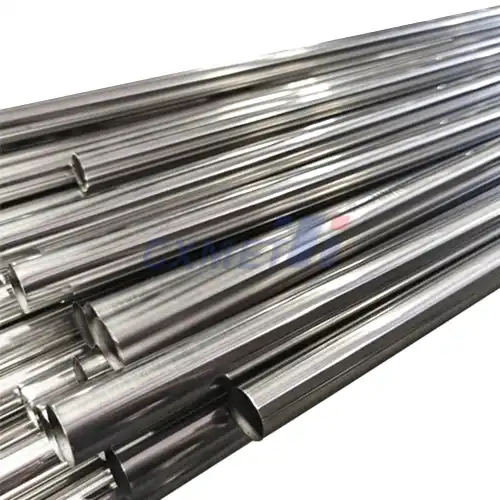- English
- French
- German
- Portuguese
- Spanish
- Russian
- Japanese
- Korean
- Arabic
- Greek
- German
- Turkish
- Italian
- Danish
- Romanian
- Indonesian
- Czech
- Afrikaans
- Swedish
- Polish
- Basque
- Catalan
- Esperanto
- Hindi
- Lao
- Albanian
- Amharic
- Armenian
- Azerbaijani
- Belarusian
- Bengali
- Bosnian
- Bulgarian
- Cebuano
- Chichewa
- Corsican
- Croatian
- Dutch
- Estonian
- Filipino
- Finnish
- Frisian
- Galician
- Georgian
- Gujarati
- Haitian
- Hausa
- Hawaiian
- Hebrew
- Hmong
- Hungarian
- Icelandic
- Igbo
- Javanese
- Kannada
- Kazakh
- Khmer
- Kurdish
- Kyrgyz
- Latin
- Latvian
- Lithuanian
- Luxembou..
- Macedonian
- Malagasy
- Malay
- Malayalam
- Maltese
- Maori
- Marathi
- Mongolian
- Burmese
- Nepali
- Norwegian
- Pashto
- Persian
- Punjabi
- Serbian
- Sesotho
- Sinhala
- Slovak
- Slovenian
- Somali
- Samoan
- Scots Gaelic
- Shona
- Sindhi
- Sundanese
- Swahili
- Tajik
- Tamil
- Telugu
- Thai
- Ukrainian
- Urdu
- Uzbek
- Vietnamese
- Welsh
- Xhosa
- Yiddish
- Yoruba
- Zulu
What Industries Commonly Use Niobium Sheets?
2025-03-06 14:22:02
Niobium sheets are versatile materials that find applications in various industries due to their unique properties. These sheets are known for their high strength-to-weight ratio, excellent corrosion resistance, and superconductivity at low temperatures. As a result, niobium sheets have become increasingly popular in advanced technological applications across multiple sectors. In this blog post, we'll explore the industries that commonly use niobium sheets and delve into some frequently asked questions about their applications.
|
|
|
How are niobium sheets used in the aerospace industry?
The aerospace industry is one of the primary consumers of niobium sheets, utilizing their exceptional properties to enhance the performance and efficiency of aircraft and spacecraft components. Niobium's low density and high strength make it an ideal material for lightweight structural parts that can withstand extreme conditions.
In aircraft engines, niobium-based alloys are used to manufacture turbine blades and other high-temperature components. These parts benefit from niobium's ability to maintain its strength and stability at elevated temperatures, which is crucial for jet engine performance. Niobium sheets are also used in the construction of heat shields for spacecraft, protecting them during re-entry into Earth's atmosphere.
Another significant application of niobium sheets in aerospace is in the production of rocket nozzles. The material's high melting point and resistance to thermal shock make it suitable for withstanding the intense heat and pressure generated during rocket launches. Niobium alloys are often used in combination with other refractory metals to create nozzles that can endure the extreme conditions of space flight.
Furthermore, niobium sheets are utilized in the fabrication of satellite components, particularly in communication satellites. The material's low coefficient of thermal expansion helps maintain the precise alignment of satellite antennas and other sensitive instruments, ensuring optimal performance in the harsh environment of space.
The aerospace industry also benefits from niobium's superconducting properties at low temperatures. This characteristic is exploited in the development of superconducting magnets used in magnetic levitation systems for advanced transportation concepts, such as hyperloop technology.
As the aerospace industry continues to push the boundaries of technology and explore new frontiers, the demand for niobium sheets is expected to grow. Their unique combination of properties makes them indispensable in the quest for lighter, stronger, and more efficient aircraft and spacecraft.
What role do niobium sheets play in the medical technology sector?
Niobium sheets have found increasing applications in the medical technology sector, thanks to their biocompatibility, corrosion resistance, and unique properties. These characteristics make niobium an excellent material for various medical devices and implants.
One of the most prominent uses of niobium sheets in medical technology is in the production of pacemakers and other implantable electronic devices. Niobium's biocompatibility ensures that these devices can remain in the body for extended periods without causing adverse reactions. Additionally, the material's corrosion resistance helps protect the sensitive electronic components from bodily fluids, extending the lifespan of the implants.
Niobium sheets are also used in the manufacturing of orthopedic implants, such as hip and knee replacements. The material's strength and low modulus of elasticity make it suitable for load-bearing applications while reducing the risk of stress shielding, a phenomenon where the implant takes on too much of the load, leading to bone density loss in the surrounding tissue.
In the field of diagnostic imaging, niobium sheets play a crucial role in the production of superconducting magnets used in Magnetic Resonance Imaging (MRI) machines. These magnets, made from niobium-titanium alloys, are essential for generating the powerful magnetic fields required for high-resolution medical imaging.
Niobium's unique properties also make it valuable in the development of advanced wound care products. Niobium-based coatings on wound dressings can help promote healing and prevent infections due to their antimicrobial properties.
As medical technology continues to advance, researchers are exploring new applications for niobium sheets. For example, studies are being conducted on the use of niobium-based materials in drug delivery systems and tissue engineering scaffolds. The material's ability to be precisely engineered at the nanoscale opens up possibilities for creating highly targeted and effective medical treatments.
The medical technology sector's reliance on niobium sheets is expected to grow as the demand for more sophisticated and biocompatible medical devices increases. The material's versatility and unique properties make it an invaluable resource in the ongoing quest to improve patient care and treatment outcomes.
|
|
|
How does the energy sector utilize niobium sheets?
The energy sector is another major industry that extensively utilizes niobium sheets, capitalizing on their exceptional properties to enhance efficiency, durability, and performance in various applications. From power generation to energy storage and transmission, niobium plays a crucial role in advancing sustainable and efficient energy solutions.
In the field of nuclear energy, niobium sheets are used in the construction of reactor components due to their excellent resistance to corrosion and high-temperature stability. Niobium alloys are often employed in fuel cladding and other structural parts within nuclear reactors, helping to ensure the safe and efficient operation of these power plants.
The oil and gas industry also benefits from the use of niobium sheets in the production of pipelines and offshore platforms. Niobium-containing steels exhibit superior strength and toughness, allowing for the construction of lighter yet more durable structures that can withstand harsh environmental conditions and high pressures. This is particularly important for deep-sea oil and gas exploration, where materials must perform reliably under extreme circumstances.
In the realm of renewable energy, niobium sheets contribute to the development of more efficient solar cells. Niobium oxide thin films are being researched for use in dye-sensitized solar cells, potentially improving their performance and durability. Additionally, niobium-based materials are explored for use in hydrogen storage systems, which could play a significant role in the future of clean energy storage and transportation.
The superconducting properties of niobium at low temperatures make it invaluable in the development of advanced power transmission systems. Superconducting power cables made with niobium-based materials can significantly reduce energy losses during long-distance electricity transmission, potentially revolutionizing power grids and improving energy efficiency on a large scale.
In the field of energy storage, niobium sheets are used in the production of high-performance capacitors. These capacitors, which can store and release large amounts of energy quickly, are essential components in various energy management systems, including those used in renewable energy installations and electric vehicles.
As the world continues to seek more sustainable and efficient energy solutions, the demand for niobium sheets in the energy sector is likely to increase. Their unique combination of properties makes them ideal for addressing many of the challenges faced in both traditional and emerging energy technologies.
Conclusion
Niobium sheets have proven to be invaluable materials across various industries, particularly in aerospace, medical technology, and the energy sector. Their unique combination of properties, including high strength-to-weight ratio, corrosion resistance, and superconductivity, makes them ideal for a wide range of advanced applications. As technology continues to evolve and new challenges emerge, the versatility of niobium sheets ensures their continued importance in driving innovation and progress across these critical industries.
At SHAANXI CXMET TECHNOLOGY CO., LTD, we take pride in our extensive product range, which caters to diverse customer needs. Our company is equipped with outstanding production and processing capabilities, ensuring the high quality and precision of our products. We are committed to innovation and continuously strive to develop new products, keeping us at the forefront of our industry. With leading technological development capabilities, we are able to adapt and evolve in a rapidly changing market. Furthermore, we offer customized solutions to meet the specific requirements of our clients. If you are interested in our products or wish to learn more about the intricate details of our offerings, please do not hesitate to contact us at sales@cxmet.com. Our team is always ready to assist you.
|
|
|
|
References
- CBMM. (2021). Niobium Applications.
- Arzamasov, B. N., et al. (2017). Materials science. Springer.
- Gupta, C. K., & Suri, A. K. (1994). Extractive metallurgy of niobium. CRC press.
- International Atomic Energy Agency. (2009). Nuclear Power Reactors in the World. IAEA.
- Balaji, S., et al. (2019). Niobium for high-temperature applications. Journal of Materials Engineering and Performance, 28(7), 4509-4520.
- Patel, N., & Pavlovic, A. (2021). Niobium and its alloys in medical devices. Materials Science and Engineering: C, 121, 111837.
- Raghavan, V. (2004). C-Nb-Ti (Carbon-Niobium-Titanium). Journal of Phase Equilibria and Diffusion, 25(3), 283-284.
- Tarselli, M. A. (2013). Niobium: The element of quantum levitation. Nature Chemistry, 5(6), 546-546.
- Nowak, I., & Ziolek, M. (1999). Niobium compounds: preparation, characterization, and application in heterogeneous catalysis. Chemical Reviews, 99(12), 3603-3624.
- Fang, Z. Z., et al. (2018). Powder metallurgy of titanium–past, present, and future. International Materials Reviews, 63(7), 407-459.







